

EASTER ORDERS ARE CLOSED!
Wishing everyone a Happy Easter


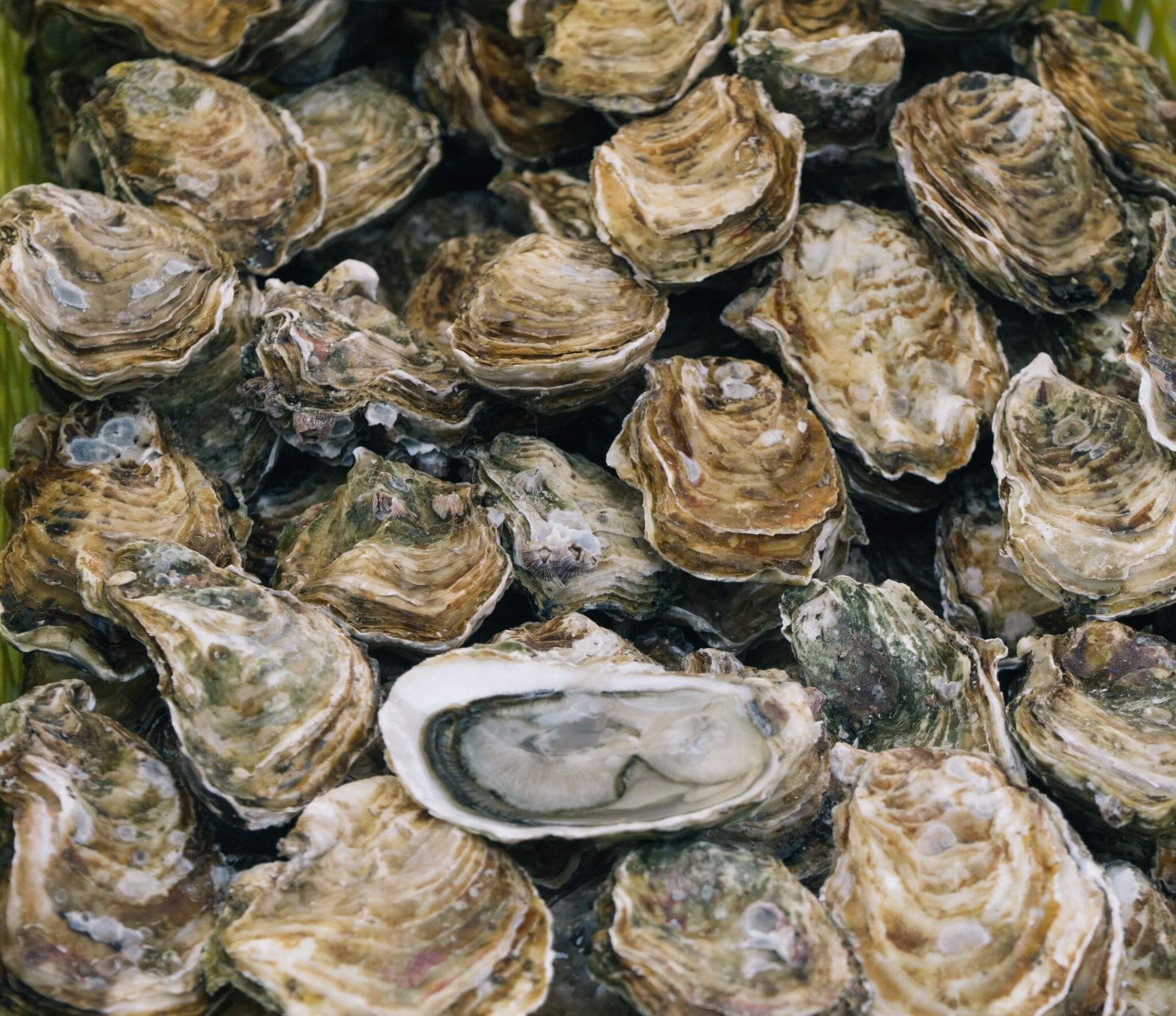
Oyster farming is the process of cultivating oysters for human consumption. Oyster farmers carefully cultivate oysters in a controlled environment to ensure they grow to marketable size, making oyster farming an important part of the seafood industry.
The practice of oyster farming has been around for thousands of years, with evidence suggesting the ancient Romans were among the first to farm oysters. In South Australia, oyster farming has a rich history, with the NSW oyster industry being one of the largest and most successful in the country. Today, oyster farmers across Australia grow various oysters, including the popular Sydney rock oysters, Pacific oysters, and baby oysters.
The importance of the oyster industry cannot be overstated. Oyster farming provides a significant source of income for many coastal communities and contributes to the region’s overall economic development. Moreover, oysters are vital in filtering and cleaning water, making them an essential part of the ecosystem.
From sun-kissed coastal regions of South Australia to NSW and beyond, a centuries-old tradition steeped in history and culture continues to flourish—the art of oyster farming. A cornerstone of the seafood industry, oyster cultivation is not only an enduring testament to human innovation but also a vital component of the region’s economic tapestry. The NSW oyster industry, one of the most prosperous in the country, exemplifies this relationship between commerce and coastal communities.
Dating back to the times of ancient Rome, oyster farming has evolved into a delicate, sophisticated process. In the hands of skilled farmers, the cultivation of oysters in controlled environments ensures that these mollusks reach their full, marketable potential. Today, the Australian oyster farming landscape is abundant with diverse offerings, from the much-coveted Sydney rock oysters to the Pacific oysters and tender baby oysters.
Yet, the value of the oyster industry extends far beyond its economic contribution. Oysters, nature’s master filter feeders, provide an indispensable service to the ecosystem by purifying and cleansing the waters they inhabit.
Oysters are a popular seafood delicacy enjoyed all over the world. There are several different species of oysters, each boasting its own unique characteristics and taste.
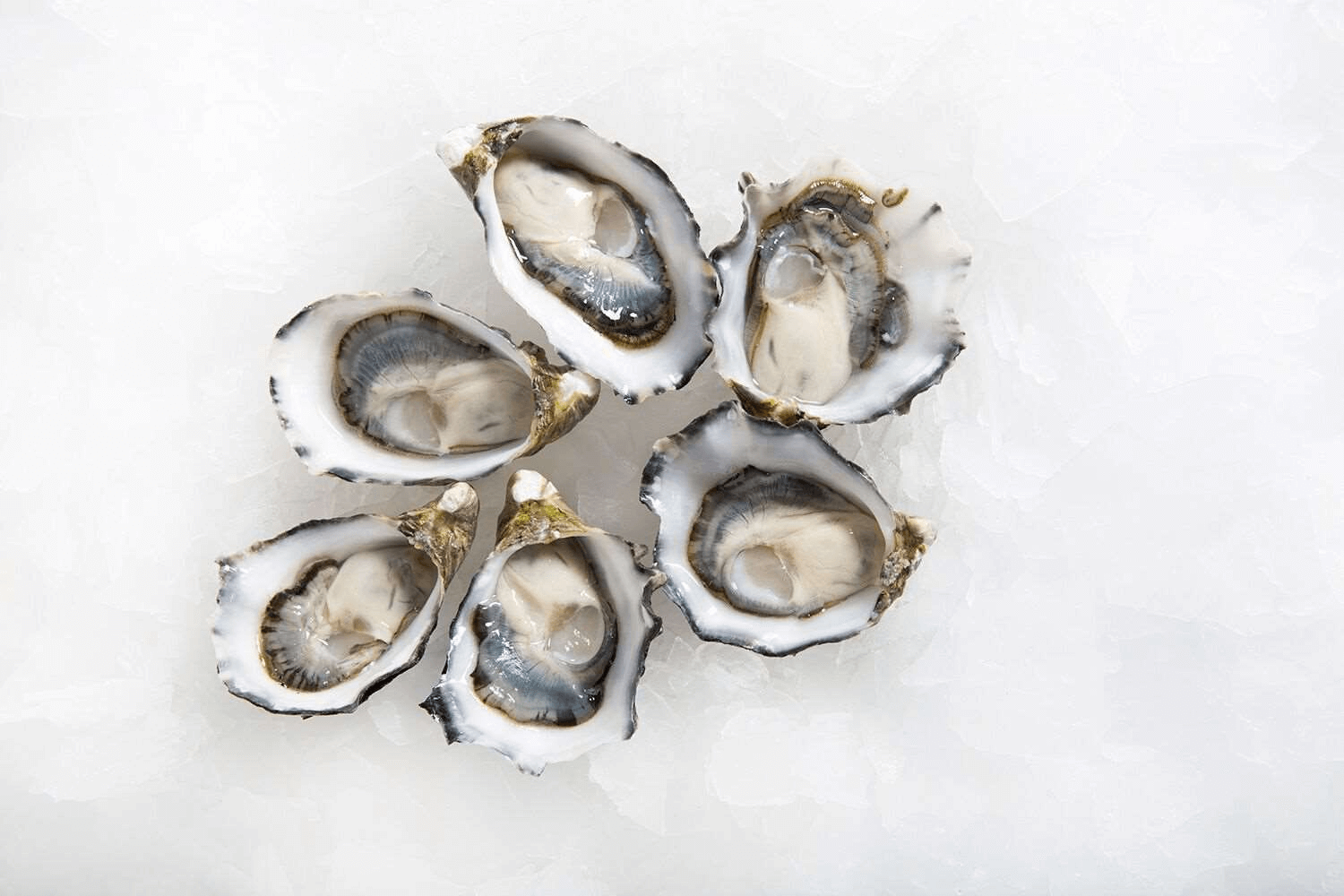
Pacific oysters are native to Japan and are now cultivated in many parts of the world, including Australia. They are popular among oyster farmers and seafood lovers for their sweet and slightly briny flavour. Pacific oysters are known for their hard shells, which make them resilient to predators and ideal for farming in high-energy environments.
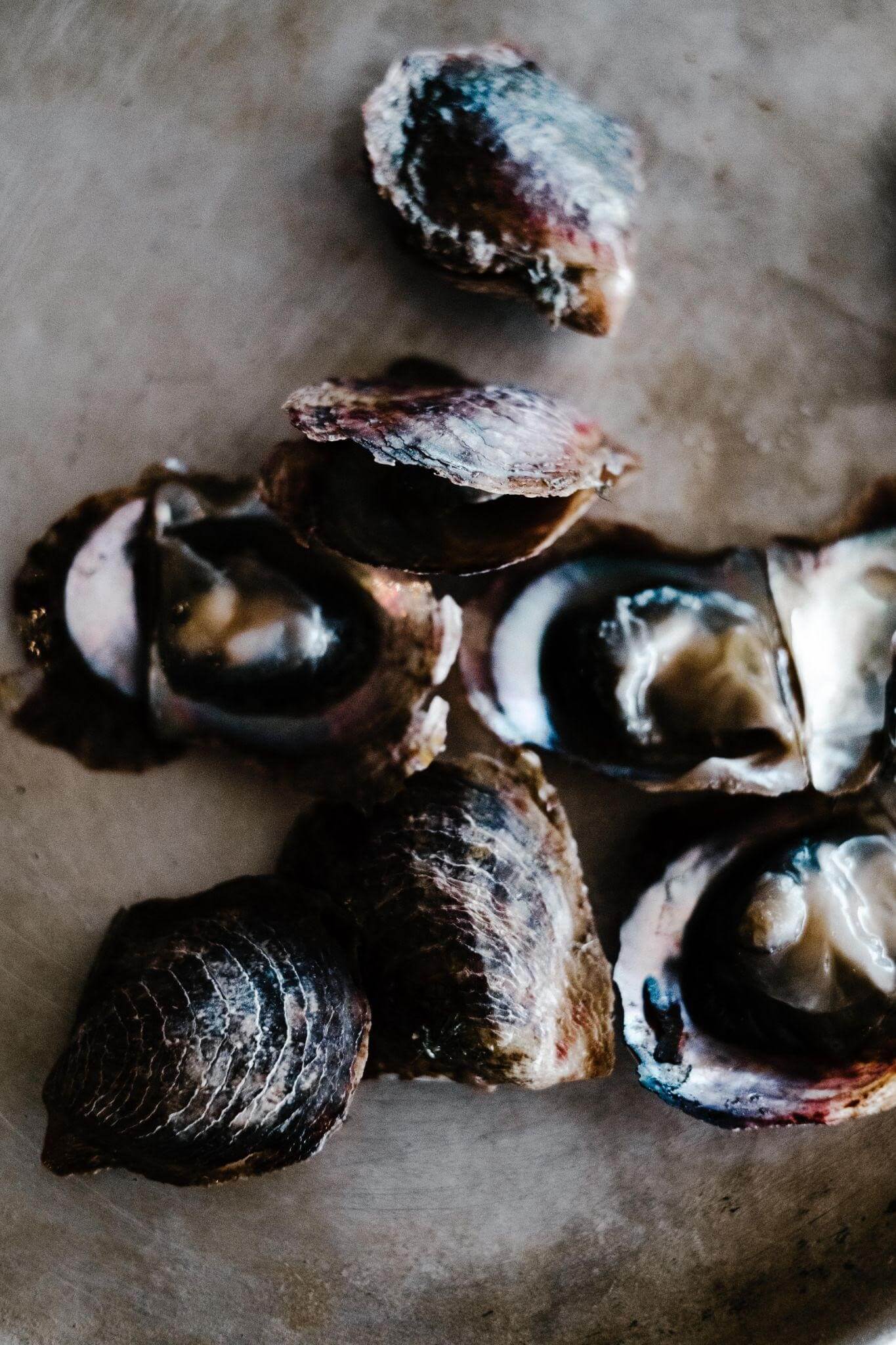
Kumamoto oysters are also native to Japan, with their name originating from the city of Kumamoto in the southern part of the country. They are famous for their sweet, mild flavour and firm, plump meat. Kumamoto oysters have a deep-cupped shell, which makes them perfect for serving on the half-shell.
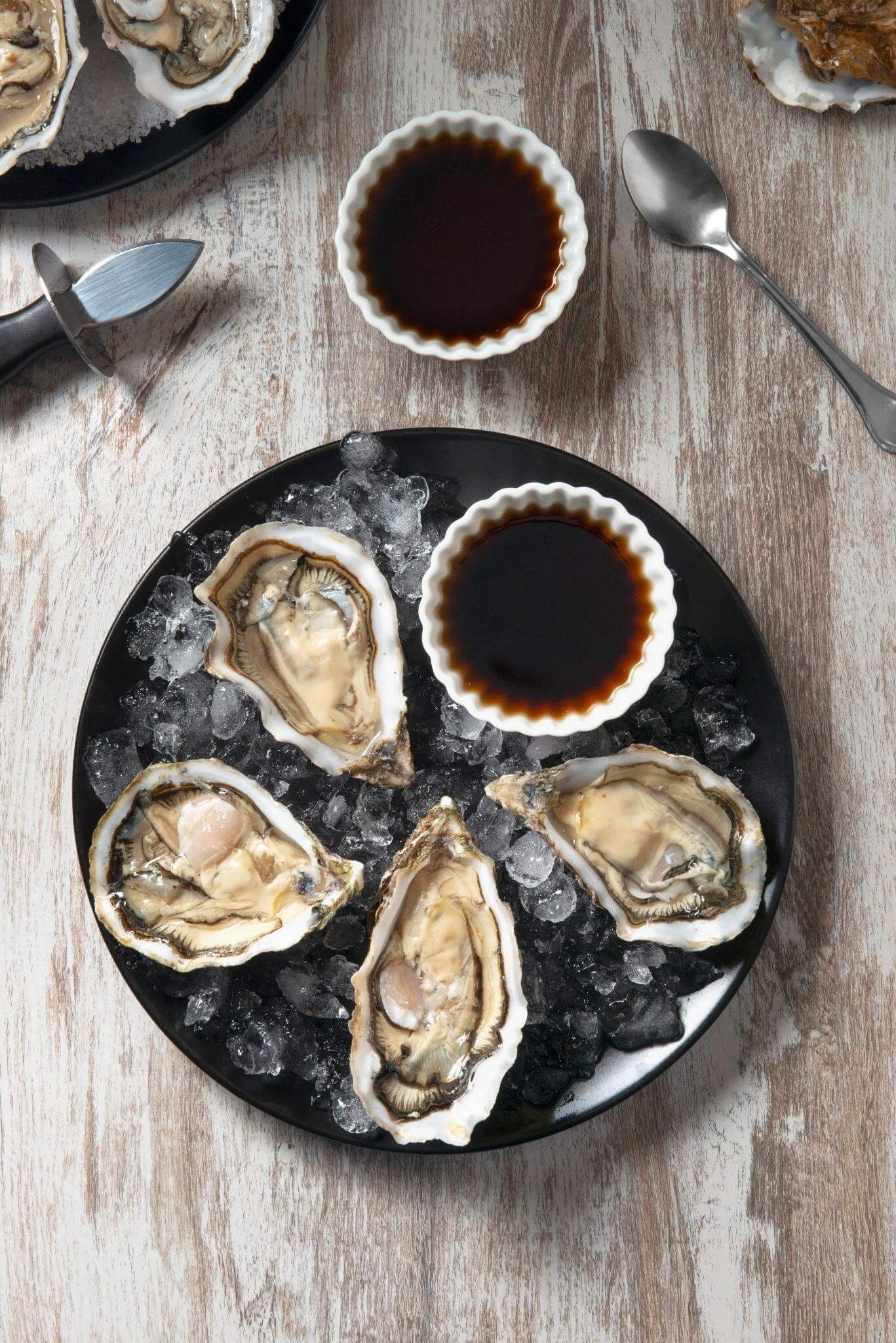
Eastern oysters are native to the East Coast of the United States, from the Gulf of St. Lawrence all the way down to the Gulf of Mexico. They are popular for their sweet, salty flavour and firm texture. Eastern oysters have a distinctive shape, with a slightly curved shell pointed at one end.
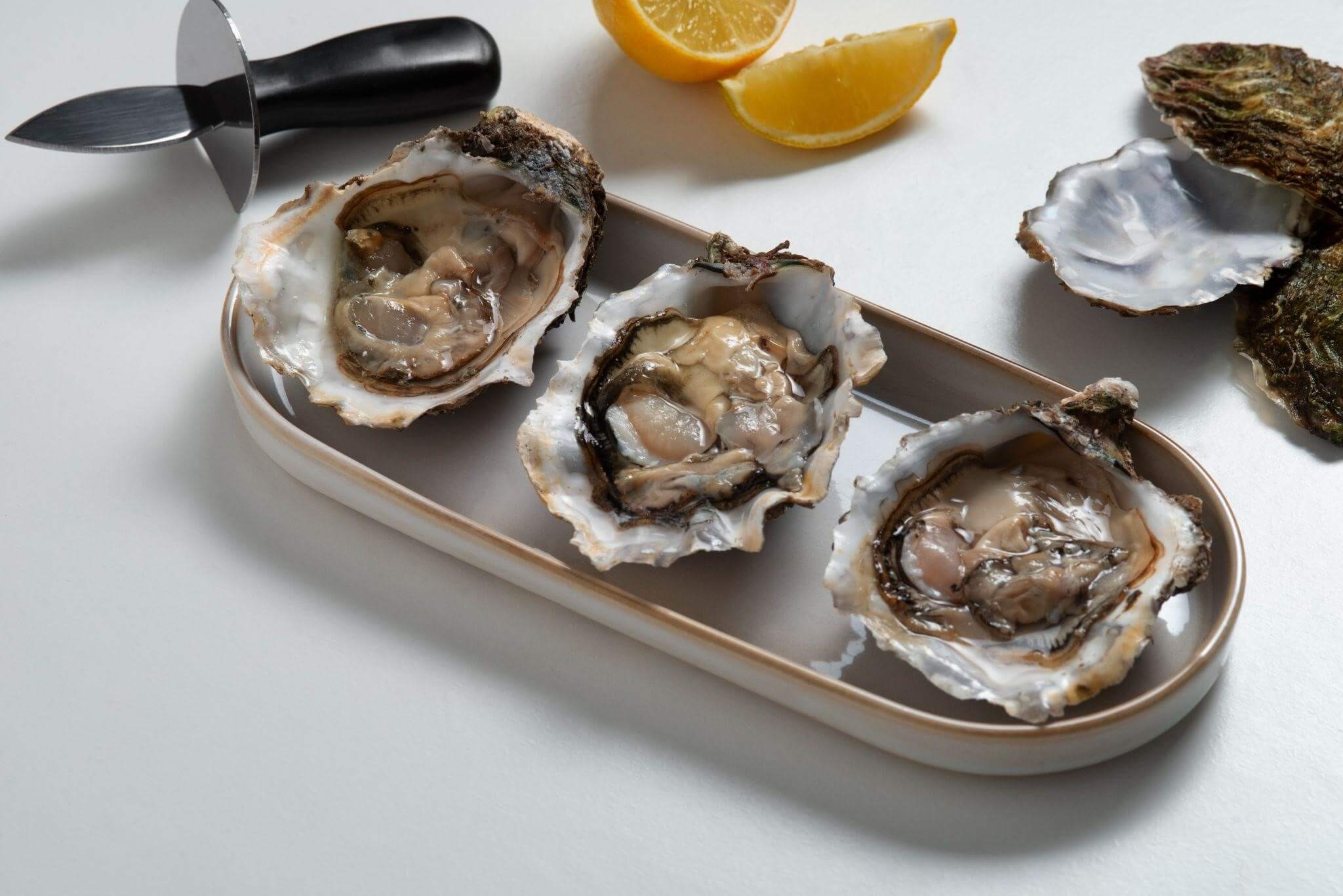
European Flat oysters, also known as Belon oysters, are native to France and cultivated in many parts of Europe and Australia. They are known for their unique, salty flavour and soft, smooth texture. European Flat oysters have a distinctively flat shell, which makes them stand out from other species of oysters.
Oyster farmers use different methods to grow and cultivate oysters, depending on the species and the environment in which they are grown. Factors like salinity levels, water quality and temperature play a crucial role in the growth and development of oysters. Oyster farmers carefully manage these conditions to ensure the oysters grow to marketable size and have access to enough calcium carbonate to develop their shells.
Oyster farming has been around for centuries, naturally evolving with different techniques being used to cultivate and harvest oysters for modern day consumption.
Traditional oyster farming involved using natural oyster beds in the ocean or estuaries. Oyster farmers would collect oyster spat (baby oysters) and place them on suitable substrates, such as oyster shells or old ropes, to grow. The oysters grow and mature on the natural bed, filtering nutrients and minerals from the water column to develop their shells.
This technique has been used for centuries and is still practised today in some parts of the world. It is a cost-effective way of cultivating oysters but has limitations. The natural oyster beds can be impacted by pollution, overfishing and disease, which can affect the growth and survival of the oysters.
Modern oyster farming techniques have been developed to overcome some of the limitations of traditional oyster farming. Oyster farmers use oyster farms, also known as oyster leases, to cultivate oysters in a controlled environment. Oyster farms are typically located in sheltered bays or estuaries and consist of rows of floating cages or racks used to grow and harvest oysters.
Oyster farmers carefully manage the salinity levels, water quality and temperature to ensure that oysters grown in these conditions achieve optimal growth and survival rates. They also use different methods to feed and protect the oysters from predators and disease. Some modern oyster farming techniques involve using high-pressure water jets to clean and sort the oysters before they are harvested.
Modern oyster farming has several advantages over traditional oyster farming. It allows oyster farmers to grow year-round, regardless of the natural oyster bed conditions. It also enables oyster farmers to produce a consistent size and quality, essential for commercial oyster production.
Water temperature is a critical factor affecting oysters’ growth and development. For example, the Pacific oyster and Sydney rock oyster tend to prefer water temperatures between 18 and 25 degrees Celsius. Oysters can become stressed if the water temperature falls outside this range, leading to slower growth rates and increased disease susceptibility.
Water salinity is another critical factor that can impact oyster farming. Oysters require a delicate balance of salt and freshwater to thrive. Sydney rock oysters, for example, require water salinity levels of around 35 parts per thousand, with spat being unable to tolerate levels below 20 parts per thousand. If the salinity level is too low, the oysters can become stressed and stop feeding, while high salinity levels can lead to reduced growth rates and mortality.
Water quality is also crucial for oyster farming, as oysters are filter feeders and require clean water. High levels of pollutants such as nitrogen and phosphorus can increase harmful algae blooms, which can cause oyster mortalities. Water quality can also impact the taste and quality of the oysters, with poor water quality leading to off-flavours and discolouration.
Natural disasters like cyclones, floods and droughts can also impact oyster farming. These events can cause physical damage to oyster farms, wash oysters out of their beds and reduce water quality. Such natural disasters can cause significant financial losses for oyster farmers and have a long-lasting impact on the local industry.
Oysters have long been a favourite delicacy worldwide, and it’s no wonder why. These filter feeders are not only delicious, but they also have numerous health benefits. Oyster farming has been around for centuries and has played a significant role in many countries’ culinary cultures.
Oysters have been enjoyed in many different cuisines for centuries, from France’s classic ‘oysters Rockefeller’ to Japan’s ‘kaki fry’ (deep-fried oysters). In Australia, Sydney Rock oysters are a popular delicacy, with their unique flavour and plump texture. Pacific oysters are another variety that is widely enjoyed, known for their firm meat and ocean-fresh salty taste. In New South Wales, you may find that the oysters have a clean, crisp taste, while South Australian oysters are buttery and sweet.
Oyster festivals and events are held worldwide and are a great way to celebrate the wonderful world of oysters. In Australia, the Narooma Oyster Festival, on the NSW south coast, is a must-visit for oyster lovers. The festival is held annually and celebrates the region’s oyster farming industry. Visitors can enjoy freshly shucked oysters, cooking demonstrations, and live music.
Oysters are a delicious and versatile ingredient that can be enjoyed in many ways. Here are three easy recipes to try at home:
If you want to try your hand at some of these sumptuous oyster recipes or just enjoy ocean-fresh oysters straight from the shell, check out Manettas Seafood Market.